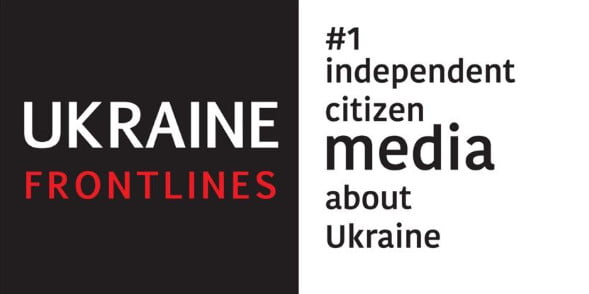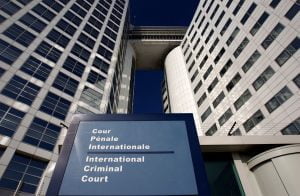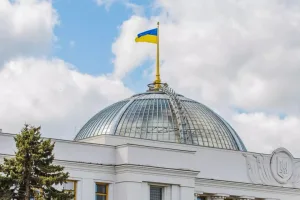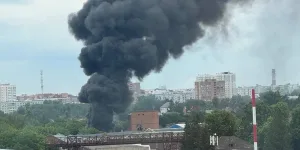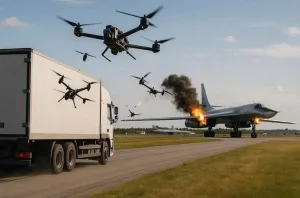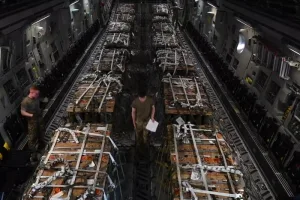Russia often conducts simulated missile launches from Tu-95MS bombers for several reasons, both military and psychological. Here are the main possible motives:
1. Demonstration of strength and intimidation
- Psychological pressure: Simulated launches create tension among Ukraine’s military and civilian population. This tactic aims to instill constant fear and anticipation of attacks.
- Message to Ukraine’s allies: These actions signal Russia’s continued capability to pose significant threats even after suffering substantial equipment losses.
2. Testing combat readiness
- System checks: Tu-95MS crews practice executing combat tasks, including preparation for real missile launches. It also tests crew coordination and the technical condition of the aircraft.
- Trial of new routes: Simulated launches allow testing of new tactical approaches and flight trajectories to potential targets.
3. Probing Ukrainian Air Defense
- Provoking Air Defense Systems: Such flights force Ukraine’s air defense systems to activate, providing Russia with intelligence on the location and type of systems being used.
4. Assessing NATO’s readiness
- Monitoring NATO’s response: Simulated launches help evaluate how quickly NATO’s observation and air defense systems react, especially near Ukraine’s borders.
5. Resource limitations for real strikes
- Missile shortages: Russia may simulate strikes due to a limited supply of cruise missiles, creating an illusion of ongoing military activity despite lacking resources for full-scale attacks.
- Conserving missiles: This tactic allows Russia to reserve missiles for other purposes, such as strategic deterrence or future escalations.
6. Propaganda
- Domestic audience: These actions are portrayed to the Russian public as a demonstration of the air force’s power and capability to strike anywhere.
- International perception: Simulated launches serve as a reminder to the global community that Russia retains strategic capabilities.
7. Testing Ukraine’s partners
- Coalition response: These actions help Russia assess how quickly Ukraine’s allies, including NATO, would react to potential escalation.
Conclusion
Simulated missile launches from Tu-95MS bombers are part of Russia’s broader strategy aimed at intimidation, maintaining psychological pressure, testing enemy readiness, and showcasing power. Even without real strikes, these actions significantly influence the operational environment.
Tags: Russia russia ukraine war Ukraine war